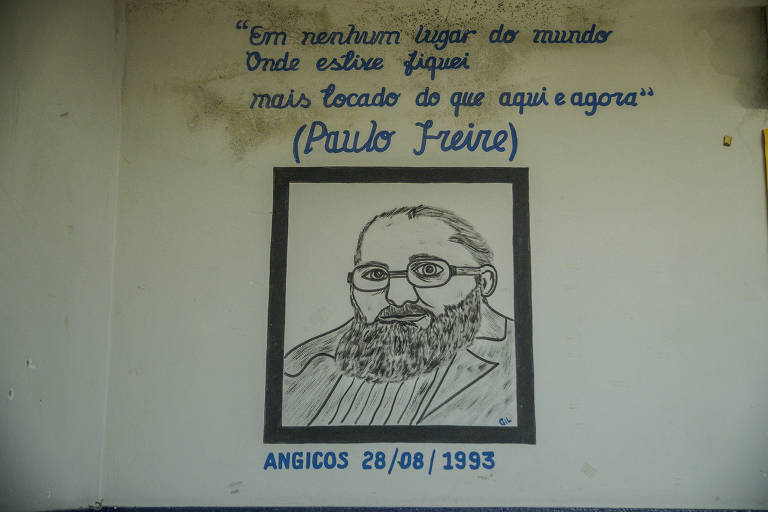Maria Eneide Araújo, 63, hid her notebooks under the mattress. She didn't want to lose her record of literacy, but there was no way. Rumors that those notes could have her father Severino and mother Francisca arrested after the 1964 military coup caused Eneide to hand them over, and they were all burned.
In Angicos, in the hinterland of Rio Grande do Norte, other people did the same in those mid-1960s. Those who did not burn, buried notebooks, and books that linked them to the classes they received from the monitors guided by Paulo Freire, who ended up in prison and later exiled by the new regime for being considered communist.
The Rio Grande do Sul city participated in 1963 in the first experiment of the method created by the educator for adult literacy. The objective was ambitious: to teach 300 people to read in 40 hours of classes, in a project that was therefore known as the 40 hours of Angicos.
Today, 57 years later, Freire's method, based on students' use of words and daily experiences, is the main target of the federal government's educational policy.
In Angicos, however, Freire is omnipresent. At the entrance to the city, when you leave the BR-304 that connects the town of just over 11,500 inhabitants to the capital Natal (190 km), there is a portal with a phrase from the educator, from 1993. In that year, he received the title of Angicano citizen: "I have never felt so welcomed as here", an excerpt says.
Translated by Kiratiana Freelon
